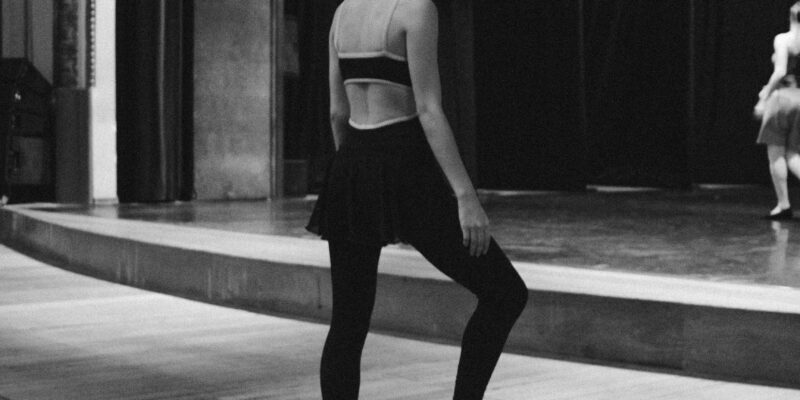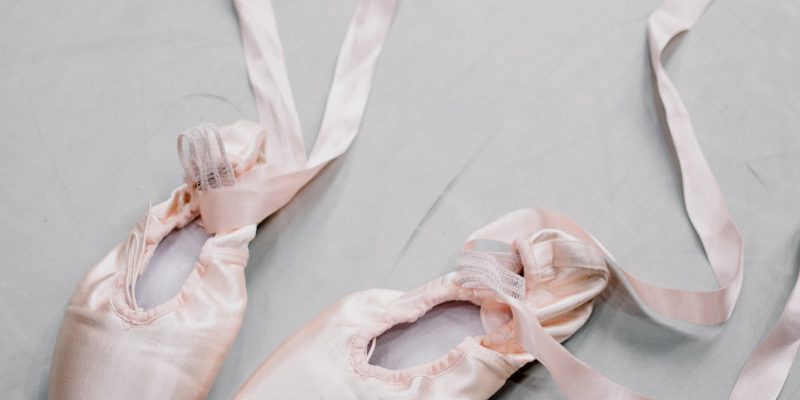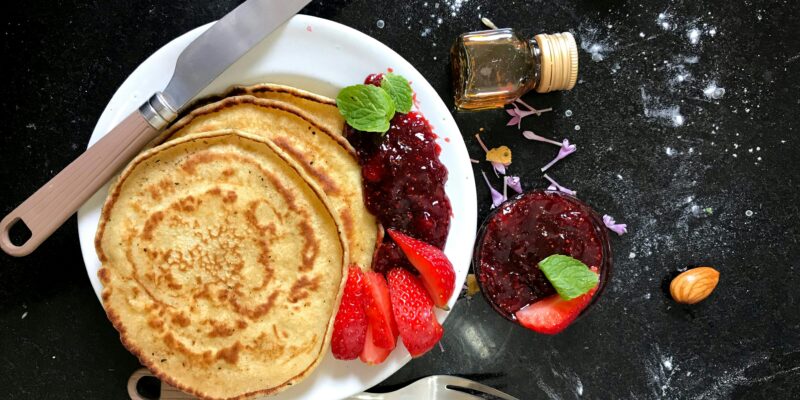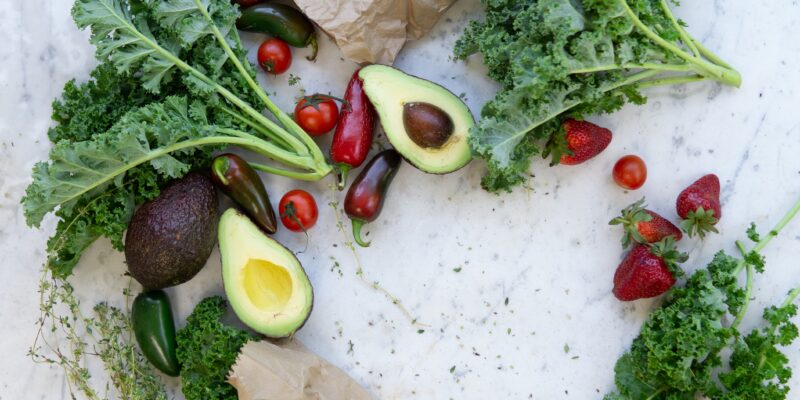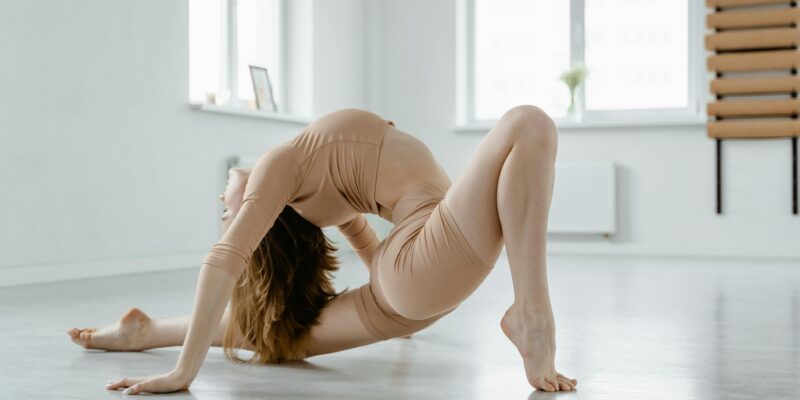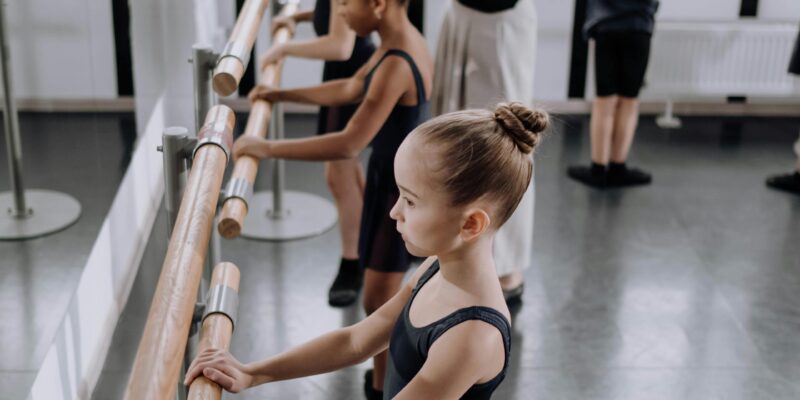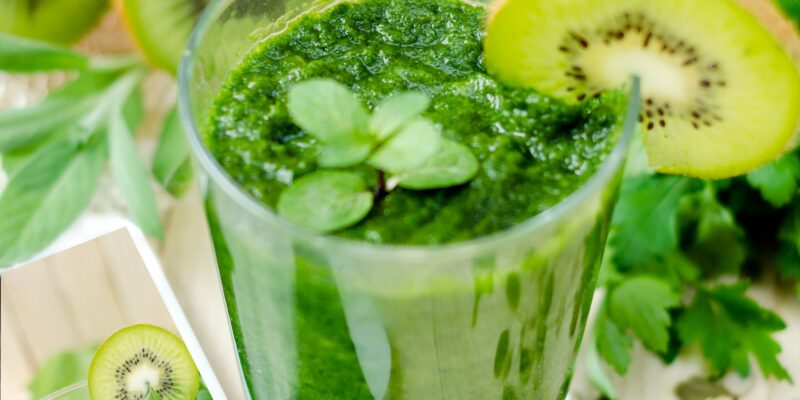Breakfast cereals — and carbs in general — can have a place in a dancer’s balanced, performance-supportive diet. In this article, we’ll challenge the myths, explore how cereal can fuel your dancing, and walk through how to optimize your bowl to align with your unique goals, all while enjoying your food, guilt-free.
Read More...What Is Practical Hunger? A Dancer’s Guide to Proactive Fueling
Practical hunger is one of the five hunger cues that dancers can work to identify throughout any given day. Unlike more obvious hunger cues like stomach pains, practical hunger relies on flexible meal planning to prevent extremes. It’s a key tenet of The Healthy Dancer®, and it supports performance, recovery, and overall well-being.
Read More...Dancers and Overeating
If you’re a dancer who feels stuck in a loop of “good” days and “bad” nights, know this: you are not doing anything wrong. You’re likely underfed, overtrained, and emotionally taxed. This article will help you understand why dancers “over-eat,” how that differs from binge eating, and how to stop swinging between feeling extremely in control and completely out of control around food. Spoiler: the answer is rebuilding trust with your body.
Read More...How to spot diet culture: the disguise of “Anti-Diet” and “Food Freedom”
From calorie-counting apps to color-coded food systems, many of today’s so-called “wellness” tools promise to help you eat smarter, manage your weight, or develop healthier habits. But look closer, and you’ll find a familiar pattern: restriction disguised as lifestyle advice. I previously unpacked how clean eating glorifies restriction. I’ve also shared a how-to guide for identifying five red flags of ‘anti-diet food freedom’ fraud. However, while the branding evolves, the harm persists, and this article reveals three key fundamentals you should be aware of regarding these trends.
Read More...Recovery Buy-In: Is Your Dancer Ready for Nutrition Support?
Knowing if a dancer is ready to heal their relationship with food can be confusing. If you’re a parent or dance educator, You’re not alone in asking, “is my dancer ready to heal their relationship with food?” The answer lies in a concept we call buy-in— and it’s more complex (and compassionate) than it sounds. Let’s break down what buy-in means, what it can look like in a dancer, and how to encourage it with patience, compassion, and trust.
Read More...Can Dancers Create A Healthy Relationship with Food?
Your relationship with food is more than what’s on your plate— it’s the foundation of a sustainable, fulfilling dance career. And while “positive” might sound ideal, it can also feel unrealistic— especially if you’re struggling. That’s why I encourage dancers to aim for a working relationship with food: one that evolves, grows, and supports you through every stage of your journey. Here’s a step-by-step guide to help dancers build a healthier, more functional relationship with food.
Read More...Emotional Eating for Dancers: 5 Strategies to Navigate It Without Shame
The act of eating is emotional, and that’s not a flaw. It’s a fact of being human. And for dancers, who exist in high-pressure, body-conscious environments, this connection often runs even deeper. In this article, we’ll explore the #1 reason dancers turn to food emotionally, along with a practical, compassionate roadmap for navigating emotional eating.
Read More...Is Intuitive Eating a Privileged Lifestyle? Let’s Talk About It.
Intuitive Eating isn’t about perfection. It’s about permission. And everyone—everybody—deserves that. No matter your body size, income, background, or ability, you deserve to eat without shame. That includes access to education, resources, and support that help you move beyond diet culture. In this article, I distinguish intuitive eating
as an inclusive, not exclusive, approach to food and nutrition.
5 Steps to Overcome Dancer Burnout and Reignite Joyful Movement
Dancers can feel burn out from a high-pressured environment that is unfortunately coupled with impossible food and body beliefs. In this instance, a dancer’s relationship with movement feels less joyous and more punitive. Learn more about how to prevent dancer burnout.
Read More...Common Myths About Intuitive Eating
Intuitive Eating isn’t a trend. It’s a transformative way to reclaim your autonomy over food and body— and it’s 100% compatible with the demands of a dancer’s life. But despite the growing popularity of the Intuitive Eating lifestyle, misconceptions are everywhere— and they can hold you back from fully embracing this powerful, non-diet approach. This article breaks down the most common myths and sets the record straight as to why you can benefit from the approach alongside performance nutrition.
Read More...Intuitive Eating for Dancers: How to Fuel Performance Without the Diet Mentality
Intuitive eating dancers can coexist with performance nutrition. Dancers learn the basics of the 10 principles of Intuitive Eating and how to start using them today. As you begin to challenge food and body beliefs, you learn how to eat in a way that honors your health to the degree that you choose, not the degree set forth by dancer diet culture. This article will uncover the nuances of intuitive eating for dancers and guide you through the process.
Read More...How to Eat Healthy on a Budget: Practical Tips for Dancers
For many dancers, eating healthfully can feel challenging when income is limited. It is possible, however, to eat healthfully— mindful and respectful of your body’s needs— even on a budget. It doesn’t require expensive food, but rather, a shift in our relationship with it. This article provides actionable tips for dancers who want to nourish their bodies and maintain a healthy relationship with food while sticking to a budget.
Read More...Is It Really Anti-Diet? 5 Red Flags to Watch For
In today’s wellness world, diet culture often hides behind trendy terms and pseudo-anti-diet messages. But when you know what to look for — from food moralizing to unqualified advice — you can protect your relationship with food and body. Use these five red flags to sharpen your awareness and stay grounded in an approach that prioritizes trust, satisfaction, and true nourishment.
Read More...What Is Food Flexibility & Why Do Dancers Need It?
Dancers require flexibility both in the studio and out. Heal your relationship with food using Food Flexibility. The more flexible you are in your food choices, the more willing you are to move through life’s vast experiences with agility and ease.
Read More...What Is Thin Privilege?
As a society, increasing awareness of our privilege(s) can help us better understand the world around us and how others, not just our immediate circles, perceive it. I experience thin privilege because I live in a body deemed acceptable by a fat-phobic culture that stigmatizes those in larger bodies. Because my set-point weight allows me to live in a thin body, I do not experience the same systemic oppression that is faced by those in larger bodies.
Read More...Food Neutrality & Healing From Dancer Diet Culture
For dancers, food neutrality means viewing food as simply fuel, not as “good” or “bad,” and making choices based on hunger and satisfaction, rather than guilt or restriction, to support physical and mental well-being. Viewing foods as “good” or “bad” (whether for health or performance) evokes anxiety and guilt, making us vulnerable to an all-or-nothing mindset. In this article, we uncover the benefits of a food-neutral lens for dancers.
Read More...Navigating Summer: Am I Ready For An Intensive?
Summer intensives offer a unique opportunity for dancers to refine their technical skills and make important career connections. However, the intense competition and pressure to perform can also bring significant stress. Deciding whether a dancer is ready for an intensive involves assessing not just their physical abilities but also their mental resilience. To help guide this decision, here are three strategies for navigating the most common challenges dancers face during summer intensives.
Read More...Reduce The Risk of Disordered Eating & Eating Disorders In Your Studio
Dance educators are on the frontline: from cultivating an environment that supports the longevity of a dancer’s career to identifying challenges that occur inside the studio. Dance educators have the upper hand in helping to reduce rates of disordered eating, eating disorders, and body image challenges in the industry. This article will break down 5 specific strategies that dance educators can implement to cultivate a healthier environment in their studios.
Read More...Managing PCOS As A Dancer
Hormonal imbalances is often an experience that leaves many dancers overwhelmed and confused. Polycystic ovary syndrome (PCOS) is a common endocrine disorder that impacts approximately 5% to 10% of women of reproductive age. This article will dive into the complexities of PCOS and how those with a diagnosis can navigate without the pressures of diet culture.
Read More...Diet Culture in The Dance Industry
Diet culture is a system of beliefs that idolizes weight loss. In diet culture, it’s believed that thinness equates to health, and in this pursuit of thinness (or “health,”) certain foods are either demonized or glorified. Diet culture also imposes moral value upon our food choices and as a result, we’re “good” for eating “healthy” and we’re “bad” for eating “unhealthy.” Removing the weight diet culture can help dancers flourish in physical, mental, and emotional wellbeing.
Read More...



